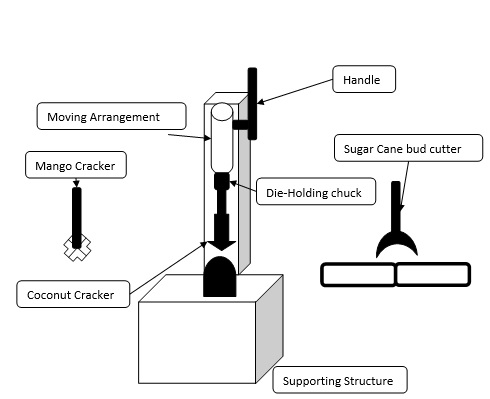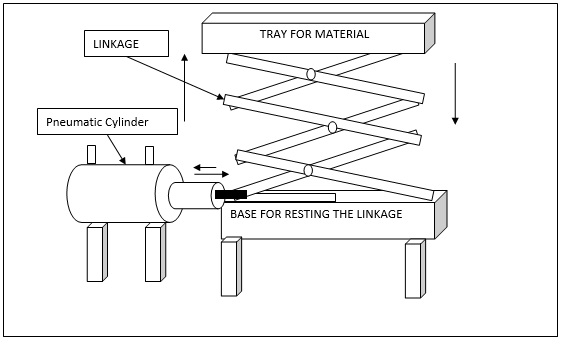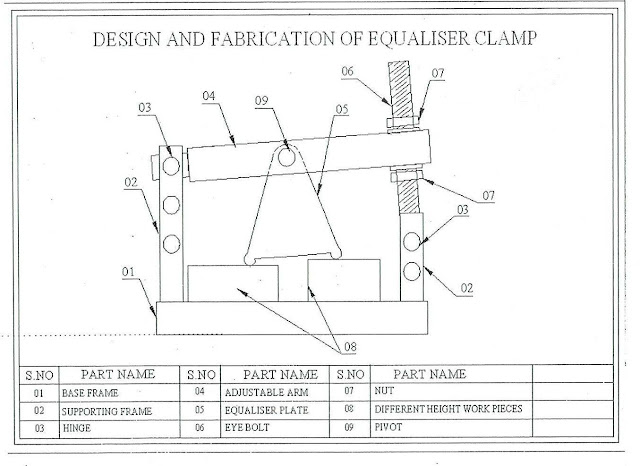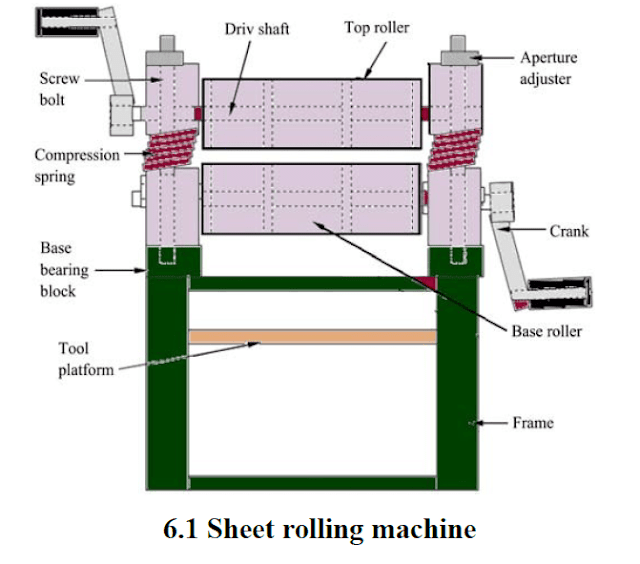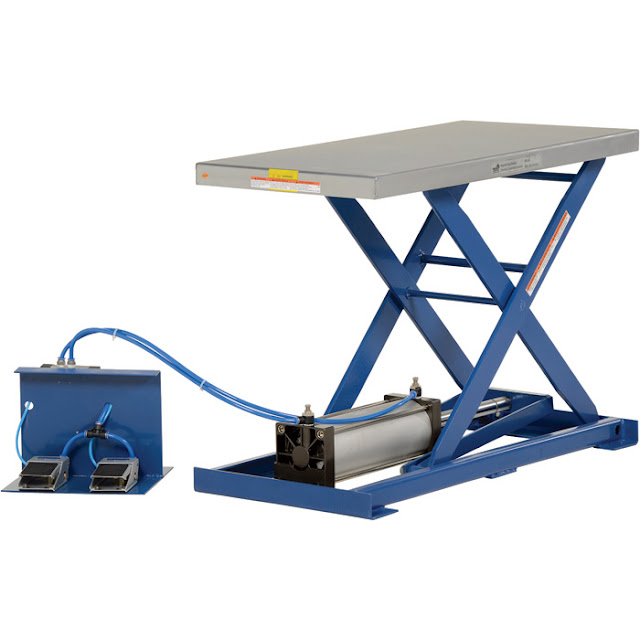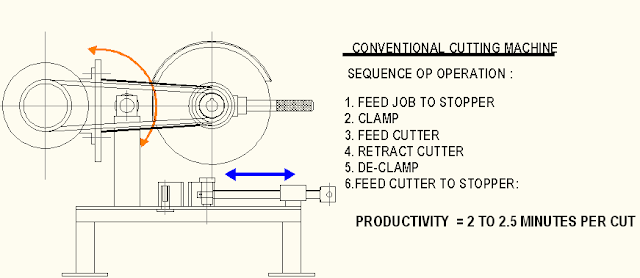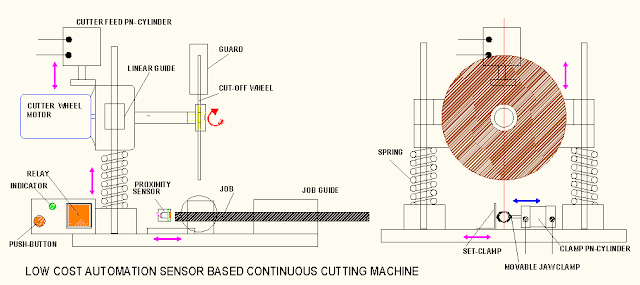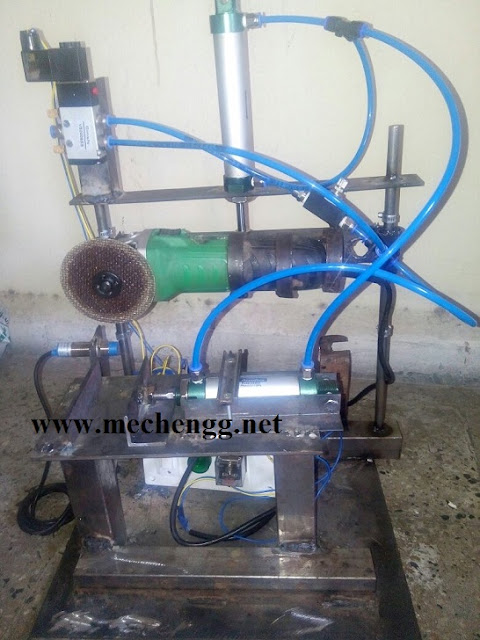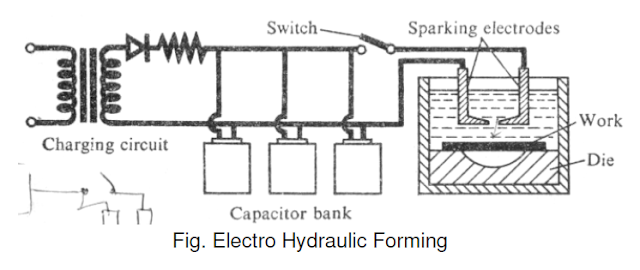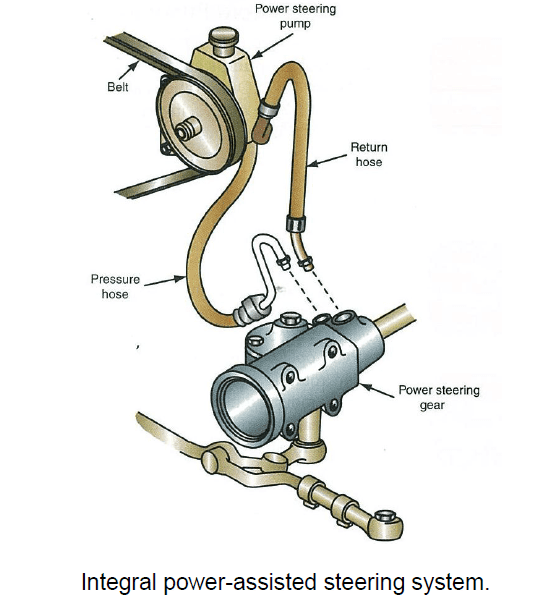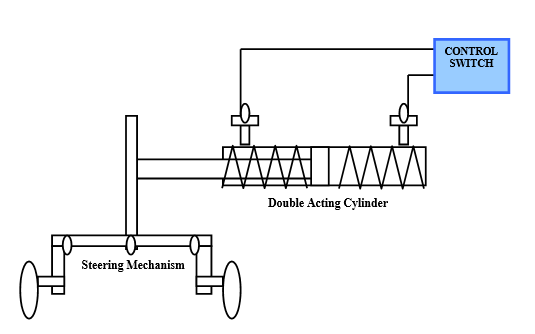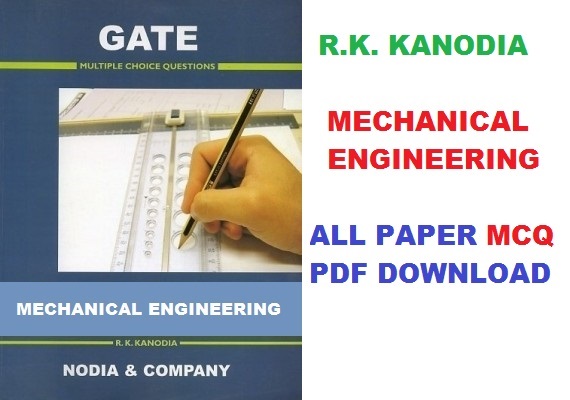COMBINATION OF PEDAL–POWERED HACKSAW ,CHARGER AND WASHING MACHINE
Introduction
The power hacksaw machine, which runs on electric power, works on the principle of the conversion of rotational motion to oscillatory motion. The bicycle also uses the same principle. To give shape to his idea, firstly buy an old bicycle from a scrap market, then cut the pedals of the bicycle from 12 cm to 8 cm and welded it as per requirement and re-affixed the pedals to it.
To use a guide to control the hacksaw blade which is used to cut the metal. Metal slabs were fitted on the hacksaw blade to ensure pressure on the object to be cut and linear movement of the blade. A clamp, with 360 degree rotation, was fixed to hold the metal pieces while cutting, and to allow them to be cut in any shape and angle.
Since a lot of energy is produced during the pedaling process, we will envision utilising it productively. We will fix a dynamo and a 12-volt battery to store the energy. To transfer the energy generated from dynamo to the battery, a forward-biased diode will use. The saved energy can be use to light a 12-volt bulb, which comes in handy while working in the dark.
Since a lot of energy is produced during the pedaling process, we will envision utilizing it productively. We will use the rotation of the cycle to rotate the attached bucket (PEDAL POWERED WASHING MACHINE).
 |
| Pedal operated Hacksaw And Charger |
MATERIAL REQUIRED IN THE PROJECT
1)SCRAP COMPONENTS OF BICYCLE
2)ALUMINIUM STRIP
3)SQUARE TUBE
4)HACK SAW
5)NUT BOLT
6)DYNAMO
7)BATTERY
8)PLYWOOD
9)POWER SUPPLY BLOCK
 |
| COMBINATION OF PEDAL–POWERED HACKSAW,CHARGER AND WASHING MACHINE |
THIS PROJECT IS BASED ON THE ROTATIONAL MOVEMENT AND A LOT OF MECHANISM AND CHAIN SYSTEM
•PEDAL MECHANISM
•DYNAMO MECHANISM
•BATTERY CHARGING SYSTEM
•PEDAL WHEEL AND SPROCKET SYSTEM
•CHAIN SYSTEM
•DESIGN OF THE CHESIS OF CYCLE
•DESIGN OF THE BUCKET
•WHOLE ROTATIONAL MECHANISM OF WASHING MACHINE
Working Of Project :
- PEDAL ROTATION BY THE HUMAN EFFORT
- QUICK RETURN CRANK SLOTTED MECHANISM WILL RECIPROCATE THE HACKSAW BY THE CHAIN SYSTEM
- SPROCKET WILL ROTATE AND IT WILL ROTATE THE DYNAMO
- DYNAMO WILL ROTATE AND IT WILL CHARGE THE BATTERY WITH THE HELP OF FORWARD BASED DIODE
- 12 V CHARGED BATTERY WIlL USE IN THE LIGHTING THE LED BULBS AND TO CHARGE THE MOBILE
- BY THE CHAIN SYSTEM PROVIDE THE ROTATION TO THE WASHING BUCKET AND WE WILL GET THE WASHED CLOTHES
APPLICATION
•METAL CUTTING IS DONE IN SMALL SCALES
•WE CAN USE IT AT CONSTRUCTION SITES AND FURNITURE UNITS
•TO CUT METAL FOR WINDOW PANES
•CAN ALSO BE USED IN COLLEGE WORKSHOPS AND AUTO GARAGES TO SAVE ELECTRICITY
•IT CAN USE TO WASH THE CLOTH
•THIS WHOLE ARRANGEMENT WILL BE USED AS A EXERCISE EQUIPMENT
•TO CHARGE THE MOBILE AND TO LIGHT THE 12V LED BULB









